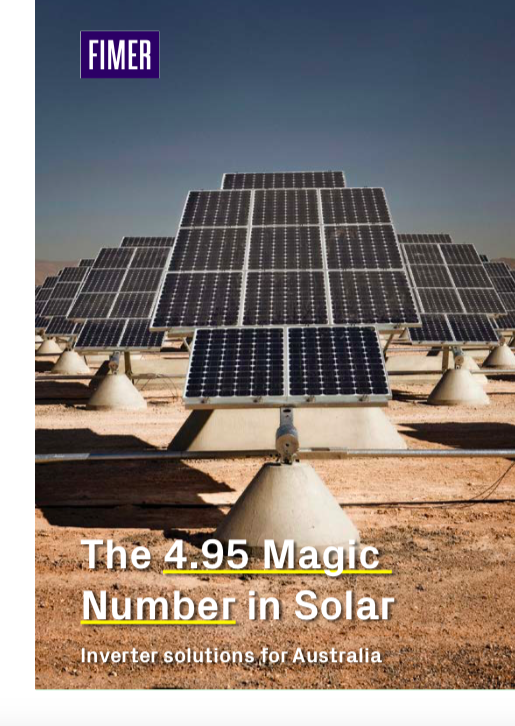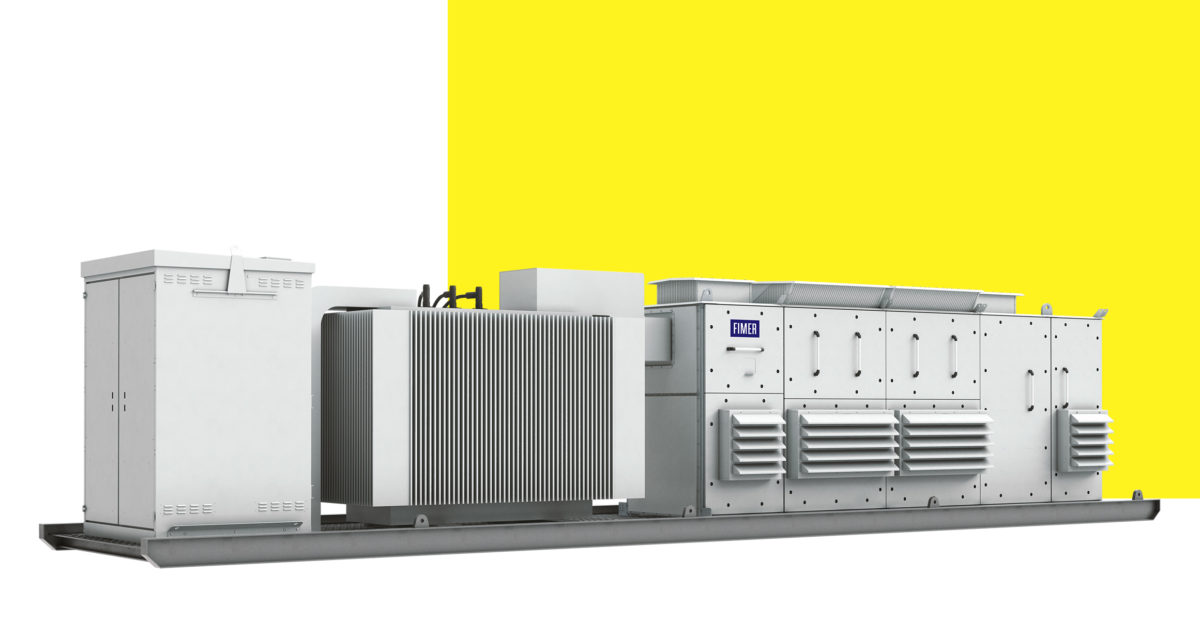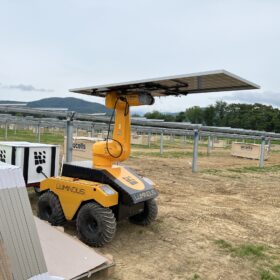While in some ways, utility scale solar construction may seem straightforward, connecting to Australia’s notoriously “long and skinny” grid can be problematic. A project must pass Generator Performance Standard (GPS) analysis, as adjudged by the regulator – a hurdle which, once cleared, allows a utility scale PV project to commence full operation and generate the resulting revenues.
Delays in achieving GPS can result in significant losses for project developers and EPCs. Indeed, a number of market participants have encountered financial difficulties as their projects languished with power output well below nameplate, having not satisfied GPS static and dynamic analysis.
As a result of this challenge, projects with a capacity of less than 5 MW are proving popular in Australia in 2021. Projects below this size do not have to clear the GPS process and can be relatively quick and easy to construct and enter full operation.
“We are currently working with many developers with over 100 MW pipeline of sub-5 MW projects,” says Aaron Zadeh, the head of utility and e-mobility projects with Fimer Australia.
A project qualifies with the Australian Electricity Market Operator (AEMO) as a sub-5 MW PV if its power electronics must be physically capable of supplying no more than 5 MWp of power to the grid – not artificially held below 5 MW by software controls. This means the inverter itself must be less than 5 MW in size – with 4.95 MW representing the sweet spot.
String inverters, otherwise described as a decentralized inverter solution, can be sized deployed with relative ease at a size of 4.95 MW – due to their modular nature. However, due to lower capex and ease of installation, central inverters are still frequently the preferred power electronics solution of choice for many developers. The challenge then being is finding a central inverter with the right size.
Central inverters are frequently supplied with a capacity of 4.6 MW, 5 MW, 5.5 MW and 6 MW – all suboptimal for a 4.95 MW project.
To address this need, Fimer has introduced its 4.96 MW PVS980 Compact Skid inverter, transformer and switchgear product – a solution that is highly efficient, low cost and that can be supplied and deployed in a time effective manner.
Fimer has published a detailed white paper to highlight this burgeoning market sub-segment and the company’s central and string inverters, centralized and decentralized platforms, which are ideal for such projects.
Inside the PVS980
The PVS980 complete skid is currently available in the Australian marketplace and is being produced in Fimer’s manufacturing facilities in Italy and India. It can be shipped in a standard 40ft container for ease of transportation and installation. And it has already gained considerable traction.
“Fimer’s PVS980 technology has been selected for multiple large-scale solar farms ranging from 50 MW to 350 MW and has completed the grid connection process for many sub-5MW sites spread across SA, VIC, NSW and QLD,” reports Zadeh.
The PVS980 skid comprises one 4950 kVA Fimer PV980-58 inverter, an optimized Medium Voltage (MV) oil-immersed transformer, MV switchgear and all auxiliary services. It can connect to any grid at 11kV and above.

Image: Fimer
Right sizing
The PVS980 platform allows project developers to deploy a 200% DC/AC ratio in a sub-5 MW project – which is a ratio that delivers handsomely for developers and project owners. A project with such a DC/AC ration can be coupled with a DC-battery to utilize clipped power during the peak hours of generation, delivering eletricity during times of peak demand maximizing both site performance and revenues.
“With a DC/AC ratio of 2, site developers can potentially recapture the excess DC power behind the inverter and store the energy into a suitably sized DC-coupled battery without increasing the total site capacity,“ says Zadeh. “While there is no standard recommendation for a DC/AC ratio, the general practice is to design the system with DC/AC ratio of around 125% to 140% which is also limited by the inverter capability. With Fimer’s PVS980-4.95 MVA system, this capability is now upgraded to 200%.”
The free white paper sets out such a project design and operation in more detail, along with a real world case study.
For commercial and industrial applications and for electricity retailers, sub-5 MW arrays appear to be an ideal solution. Some larger projects may also be divided into sub-5 MW parts, facilitating faster construction, grid connection and operation. The Fimer PVS980 platform now presents a right sized power electronics solution at precisely the right time.
This content is protected by copyright and may not be reused. If you want to cooperate with us and would like to reuse some of our content, please contact: editors@pv-magazine.com.









By submitting this form you agree to pv magazine using your data for the purposes of publishing your comment.
Your personal data will only be disclosed or otherwise transmitted to third parties for the purposes of spam filtering or if this is necessary for technical maintenance of the website. Any other transfer to third parties will not take place unless this is justified on the basis of applicable data protection regulations or if pv magazine is legally obliged to do so.
You may revoke this consent at any time with effect for the future, in which case your personal data will be deleted immediately. Otherwise, your data will be deleted if pv magazine has processed your request or the purpose of data storage is fulfilled.
Further information on data privacy can be found in our Data Protection Policy.